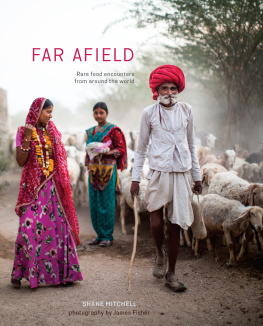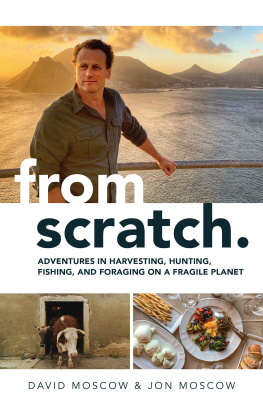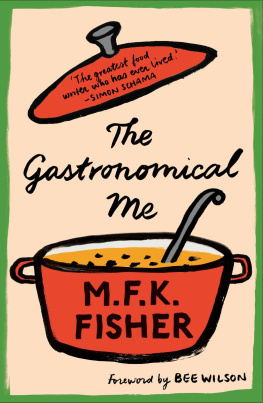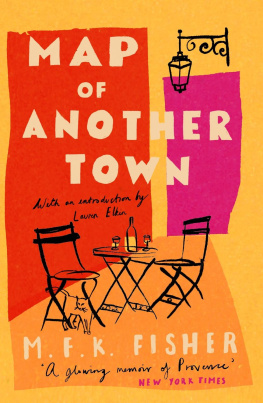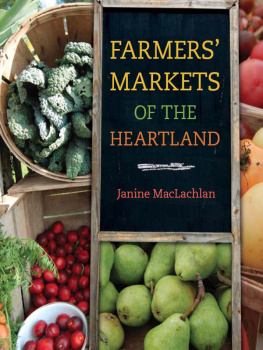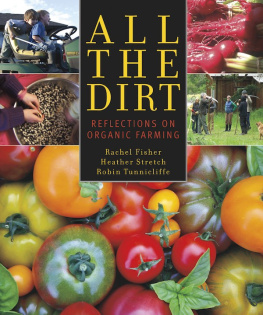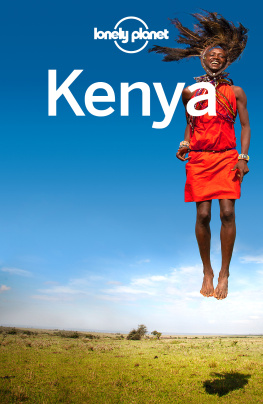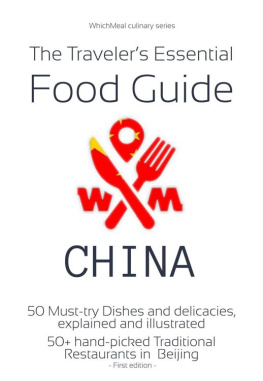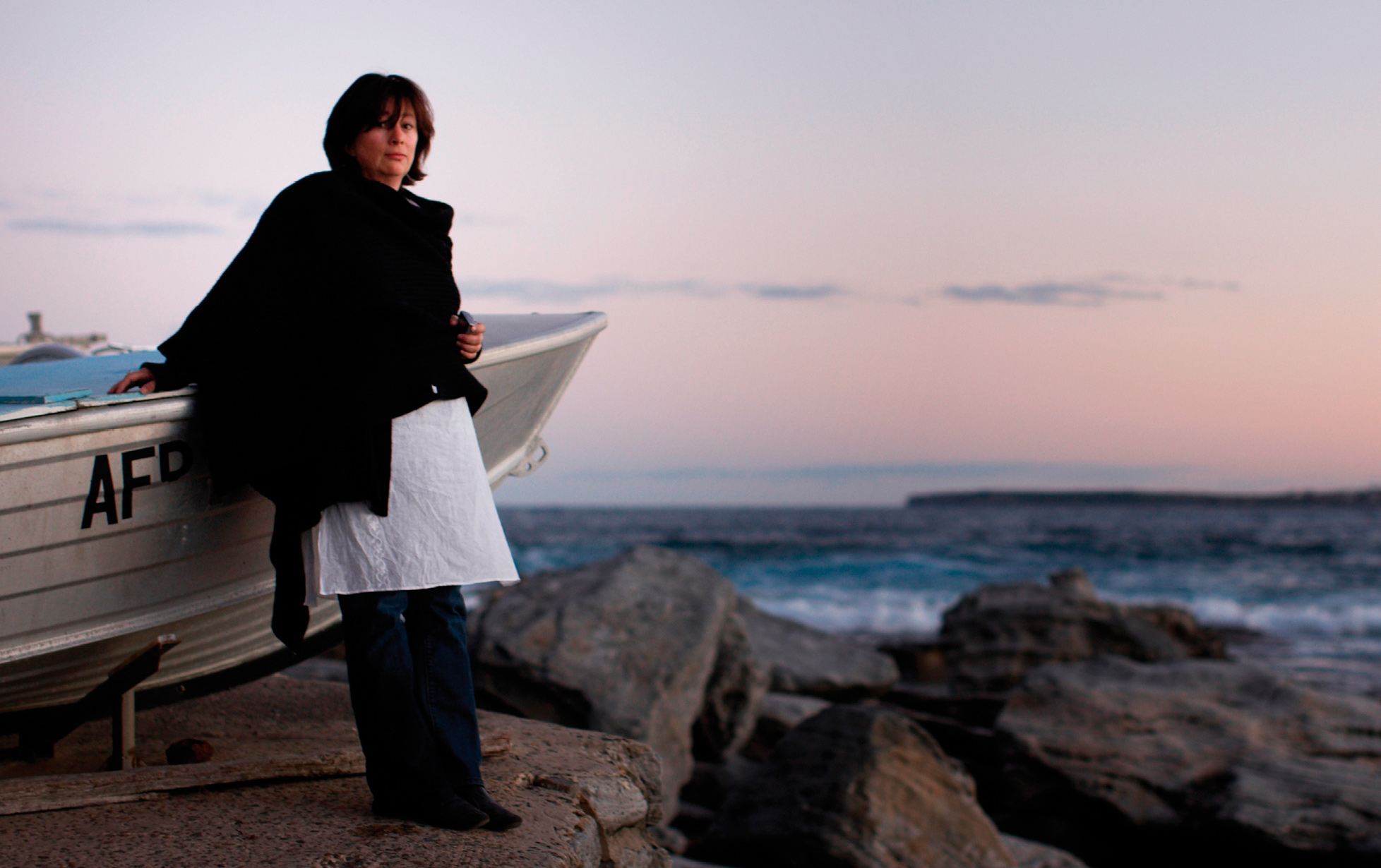ACKNOWLEDGMENTS
Thanks to my husband, Bronson Hager, who keeps the home fires burning, because I have promised to always come back. My sister Hilary Mitchell for her discerning eye and creative support.
The people who opened their kitchens and welcomed me to the table: the Hanccos, Kipalonga, the Mock Chew ohana, the Mohammeds, the Ram family, the Sigurgeirssons, the Singh family, the von Bonstettens and Peter Wirth, the Reverends of Kamo-wake-ikazuchi-jinja Shinto Shrine, the ladies of Warmun, Hamada, Aborega, Rasha, Mona, Mubarak, and the Sudanese community of The Jungle in Calais.
Friends, fellow travelers, and dinner companions who helped along the way: Gastn Acurio, Danny and Anna Akaka, Marcela Baruch, GSN Bhargava, Sugan and Vijay Bedla, Max Broquen, Paula Fitzherbert, Gunnar Karl Gslason, Svala lafsdttir and Siggi Hall, Sakiko and Takeshi Hasegawa, Baldvin Jonsson, Donna Kimura, Vijay and Sulaiman Khan, Akemi Koyama, Agustin Leone, Rafael Micha, Paola Miglio, Inui Mitsutaka and Teruo Muramatsu Lloyd Nakano, Jane Newman, Nancy Novogrod, William Ole Siara, James Oseland, Adam Sachs, Sharon Sakai, Patricia Tam, Sheila Donnelly Theroux, Philip Treacy and Stefan Bartlett, Anna Trzebinski, and the 3 Idiots. Also Hiroki Fukunaga of Luxury Ryokan Collection, Will Jones and Angela Sacha of Journeys by Design, Bertie and Victoria Dyer of India Beat, Robyn Bickford and Manav Garewal of The Lodhi, Nikhilendra Singh of Raas Hotels, Kaushika and Shakti Kumari of Diggi Palace, All Nippon Airways, Icelandair, Japan National Tourism Organization, the Hawaii Visitors Bureau, Maybourne Hotels, Grupo Habita, Ritz-Carlton Kyoto, Grand Hyatt Kyoto, Inkaterra La Casona, Mauna Kea Beach Hotel, Four Seasons Hualalai, and Vik Retreats.
Gentle readers George Hager, Susan Hager, Nelson Mui, Pat Nourse, Penelope Partlow, Constance Umberger, and Marietta von Bernuth.
My editors, past and present, at Saveur, who gave me license to roam.
Colleagues Andrea Nguyen and Anya von Bremzen for their enthusiastic encouragement during the hunt for the right publisher.
Ten Speed Press publisher Aaron Wehner for having the vision to publish this project. Editor Kaitlin Ketchum and designers Margaux Keres and Rita Sowins for shepherding me through the process with patience and flair.
Photographer James Fisher for riding shotgun in countries with the wheel on the left and driving skills in countries with the wheel on the right.
ABOUT THE AUTHOR & PHOTOGRAPHER
SHANE MITCHELL is a Saveur contributing editor. She writes about food and culture for Australian Gourmet Traveller, The Bitter Southerner, Departures, Serious Eats, and other publications. She is a James Beard Foundation Award finalist, has been awarded the IACP Culinary Writing prize, and collects handmade knives wherever she travels. She lives in New York states North Country.
JAMES FISHER an Australian portrait photographer and film director based in London. His editorial client list includes Vanity Fair, LUomo Vogue, Saveur, Travel+Leisure, Vogue Living, and Empire. Commercially his focus is on film and entertainment advertising, tourism, and travel photography, and his commercial clients include Tourism Australia, 20th Century Fox, Warner Bros, Disney Pictures, and NBC Universal. Jamess work with refugees in Europe forms part of his wide global portraiture project investigating the personal experiences of displaced and marginalized populations.
SOURCES
Wherever I travel, certain condiments return home in my luggage. Salt, honey and spices especially, which convey a taste of place like no other ingredients, as they are dependent on qualities of water, earth, fleeting blooms. Deep sea salt from Hawaii and Kashmiri saffron are some of my most prized seasonings. When cooking the recipes in this book, here are sources for uncommon ingredients.
Amazon
A good source for natural scallop shells, egg noodles, fermented red bean curd, fermented black bean paste, powdered shiso, yuzu juice, salsa mensi, and organic wakame seaweed.
www.amazon.com
DArtganan
A mail-order source for rabbit, wild hare, and bacon.
800-327-8246; www.dartagnan.com
Kalustyans
This Manhattan-based dry goods merchant is my virtual spice bazaar. An excellent source for food-grade mustard oil, Hawaiian li hing mui, dried Mexican oregano and epazote, Kashmiri chiles, and saffron.
800-352-3451, 212-685-3451; www.kalustyans.com
Kona Sea Salt
This low-sodium salt is extracted from deep seawater off the coast of Hawaii, and dried naturally under the sun. It has an elegant flake and mineral-rich flavor.
800-262-7290, 808-887-1046; www.parkerranchstore.com
Korin
Founded by Saori Kawano, this Manhattan-based trading company imports some of the finest Sakai knife brands, binchotan charcoal, kitchen tools, and specialty cookware.
800-626-2172, 212-587-7021; www.korin.com
Melissas
One of the largest specialty produce distributors in the United States, this is an excellent source for fiddlehead ferns, Key limes, enoki mushrooms, and baby eggplant.
800-588-0151; www.melissas.com
The Spice House
A Midwestern institution since 1957, this merchant stocks dried herbs, seasonings, extracts, and imported spices. A great source for orange-flower water, asafoetida, black cardamom, and whole stick cassia cinnamon.
847-328-3711; www.thespicehouse.com
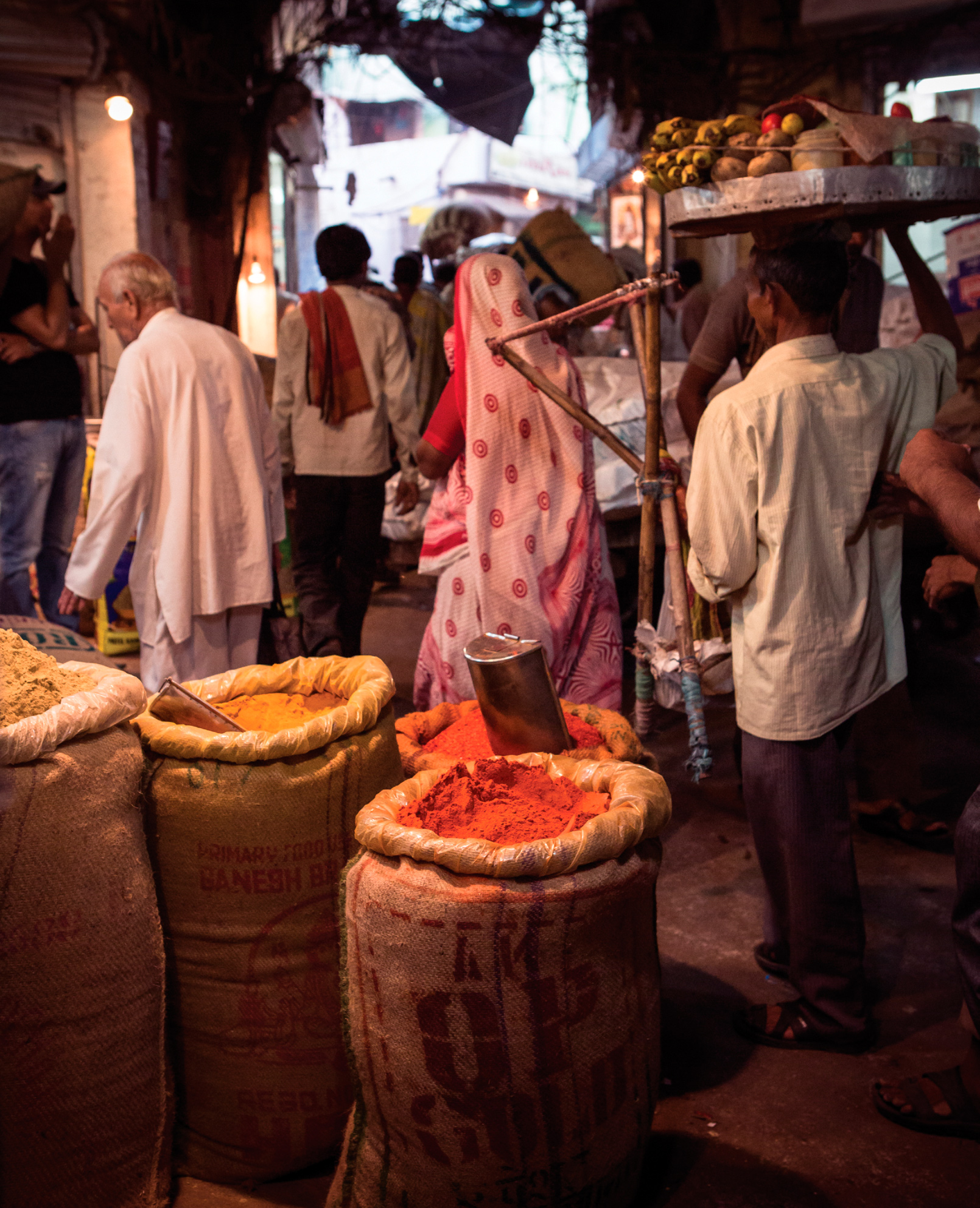
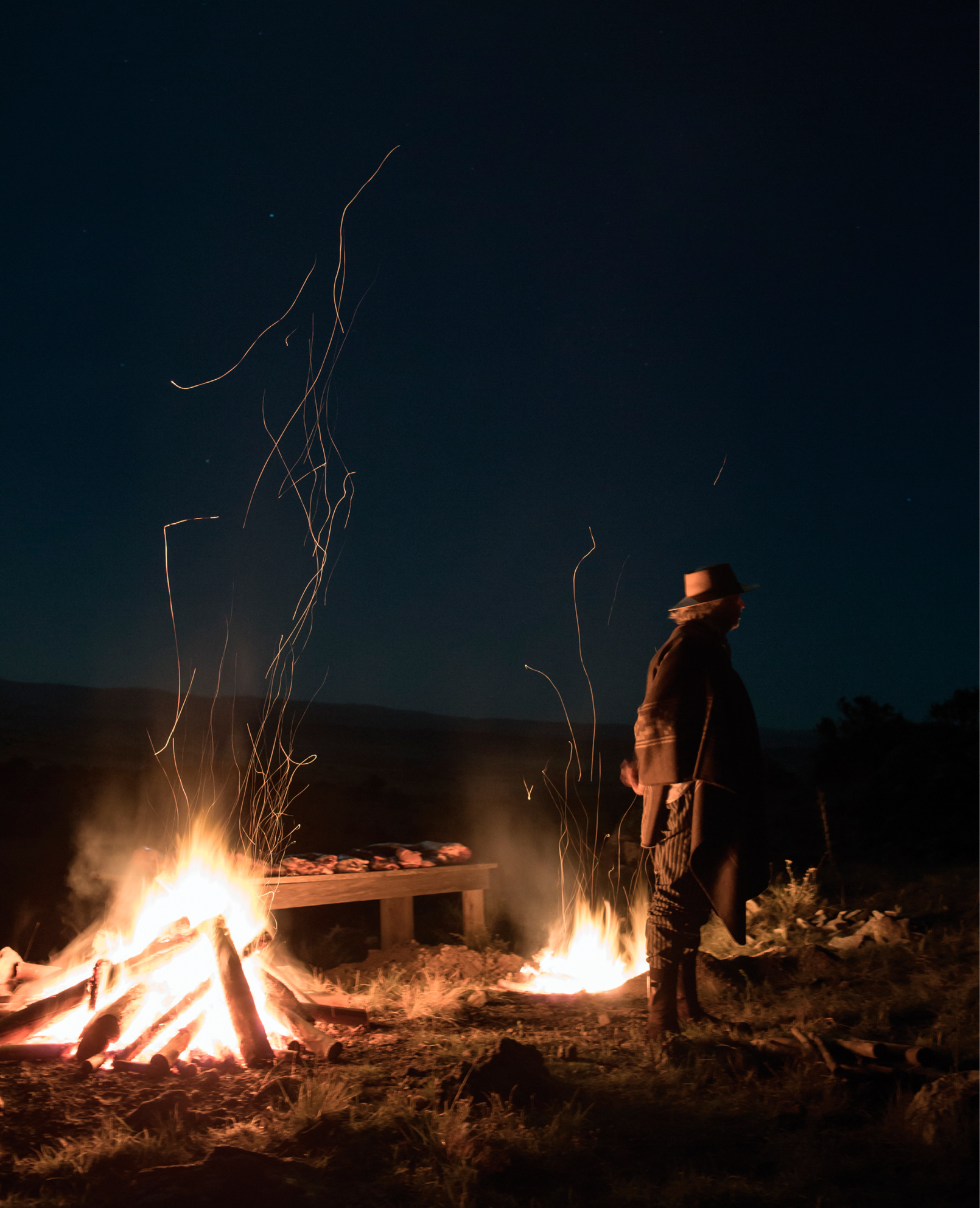

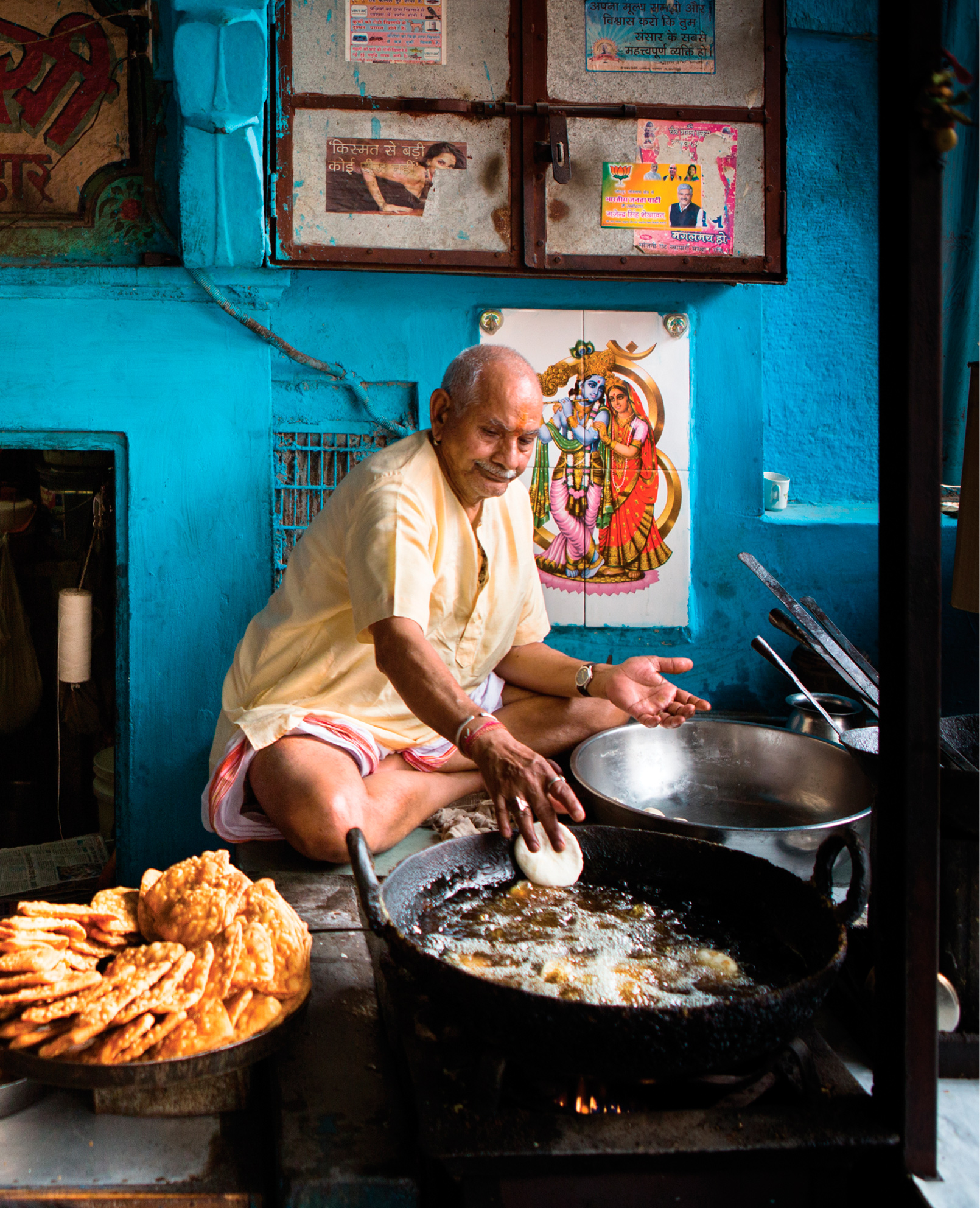
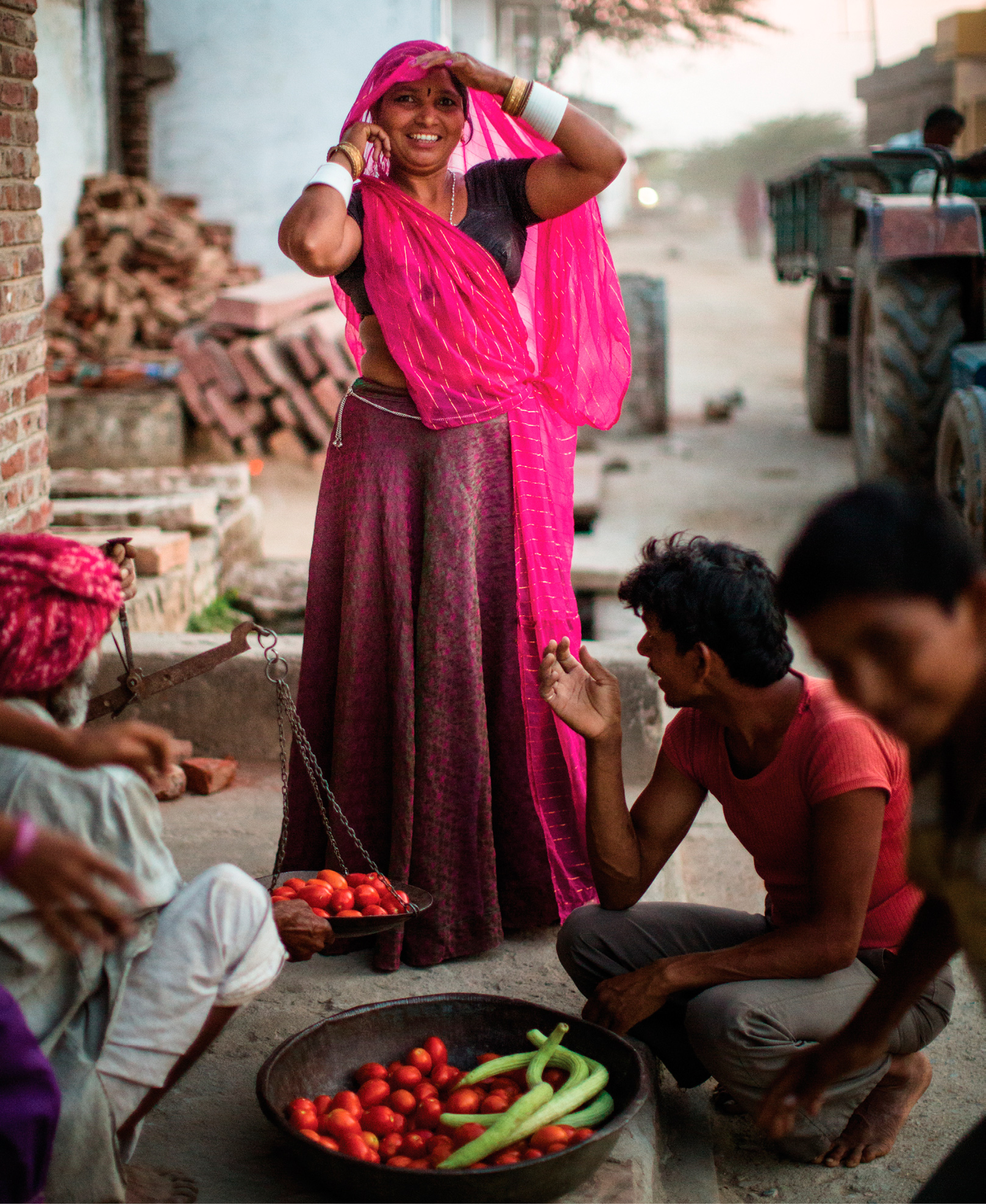
During harvest season, Rabari women toil along with their husbands and sons in the fields, but they also tend to the market chores, gather water from communal wells, and prepare meals for their extended families.
CHAPTER 1
MANTRA RAM / RABARI TRIBESWOMAN
Godwar Province, Rajasthan, India
Maam? said Kapil Singh. Hold on, we are going around a bend now.
In Rajasthan, many professional drivers decorate their vehicles with Horn Please warnings; statues of Ganesh, the godly remover of obstacles; and colorful tassels intended to repel raging demons. They have good reason. Years before, another driver revealed the secret to successfully navigating the back roads of India: You must have three things on your side, he claimed. Good horn, good brakes, good luck. It became my mantra.
Wheat was ripening on the flood plains when I arrived in Godwar, a marginal province of Rajasthan between ancient city rivals Jodhpur and Udaipur. Women tossed sheaves into bullock carts that lumbered off to threshing grounds. It is grueling labor, made almost unbearable in the months before monsoon with the arrival of a hot wind known as the Loo. Some call it the devils wind. It rises unbidden from deep in the Thar Desert, bringing destruction and madness. So the harvest is hurried. This grain came to India by way of the Levant, around 6000 BCE. Flatbreads integral to the northern Indian dietnaan, papad, paratha, roti, puri, chapatideveloped as a result.

